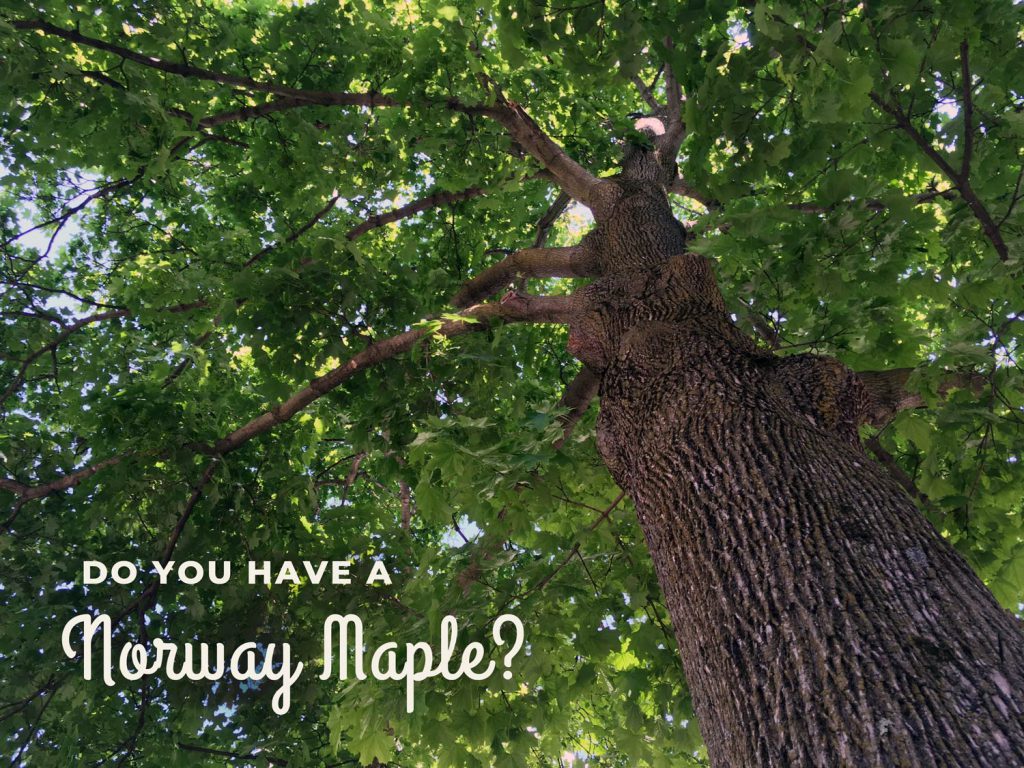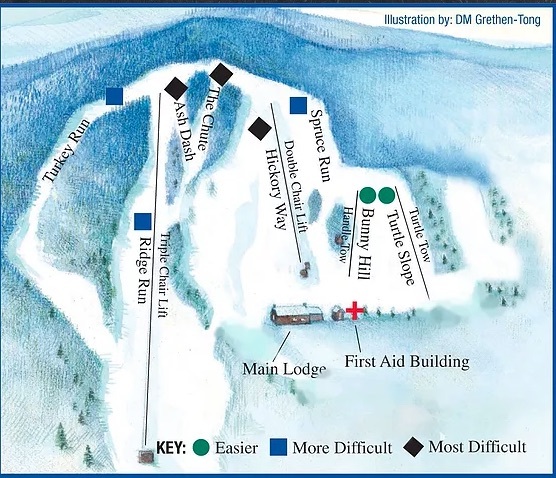
Tar spot does not kill trees or shrubs, nor does it typically even cause serious defoliation. For most maples and other susceptible trees and shrubs, tar spot is not a serious disease, but primarily is a cosmetic disease that makes trees and shrubs look unsightly. How do I save a tree with tar spot? DO NOT panic. Tar spot fungi commonly survive in leaf litter where they produce spores in the spring that lead to leaf infections. On maples specifically, Rhytismaamericanum, Rhytismaacerinum, and (less commonly) Rhytismapunctatum cause tar spot. Where does tar spot come from? Several fungi in the genus Rhytisma cause tar spot. If you carefully examine the larger tar-like areas on silver maple, you will see convoluted line patterns that resemble fingerprints. On silver maple, the black structures are often single, large (approximately 3∕ 4 inch in diameter) and visibly raised. On Norway maple, the black structures are typically numerous, small (approximately 1∕ 8 inch in diameter), and clustered together. As tar spot develops, black structures (resembling blobs of tar) form. These spots may remain relatively small, or may enlarge over the growing season to roughly 3∕ 4 inch in diameter. What does tar spot look like? Initial symptoms of tar spot are small (approximately 1∕ 8 inch) yellowish spots that form on infected leaves.


Symptoms of tar spot of silver maple caused by Rhytisma americanum (left) and tar spot of Norway maple caused by Rhytisma acerinum (right). Boxelder (also known as ash-leaved maple), willow, holly and tulip-tree can also be affected by tar spot. Tar spot can affect many species of maple, including (but not limited to) silver maple, sugar maple and Norway maple. What is tar spot? Tar spot is a common, visually distinctive and primarily cosmetic fungal leaf spot disease. Authors: Brian Hudelson, UW-Madison Plant Pathology


 0 kommentar(er)
0 kommentar(er)
